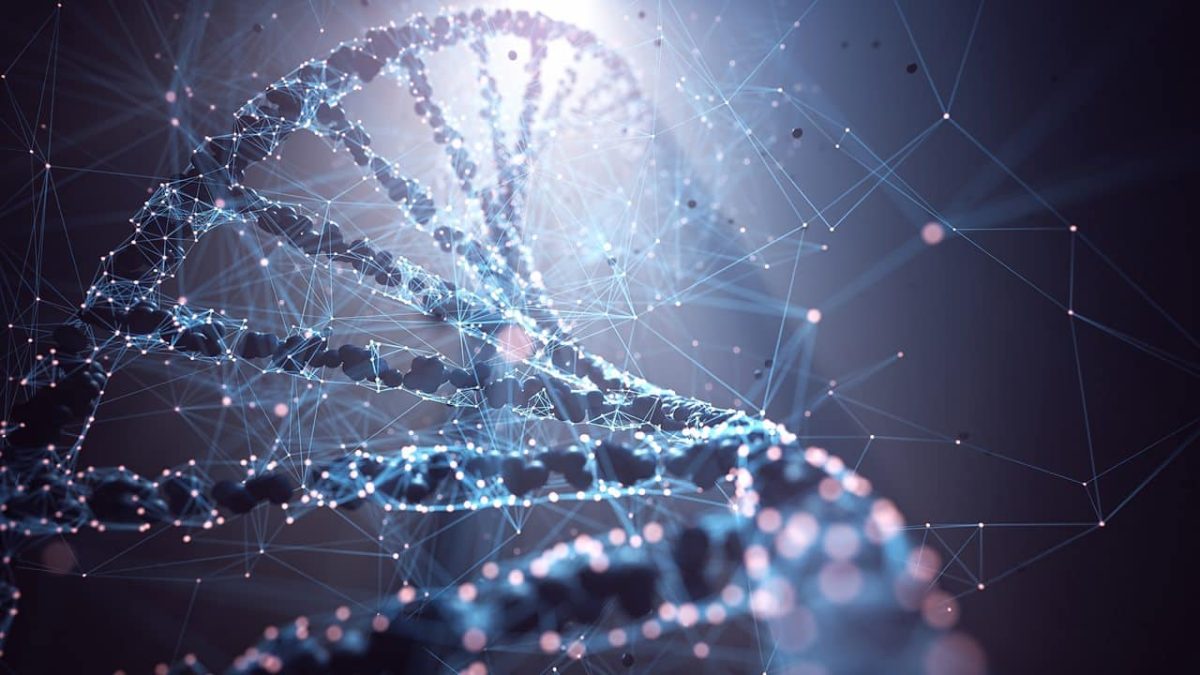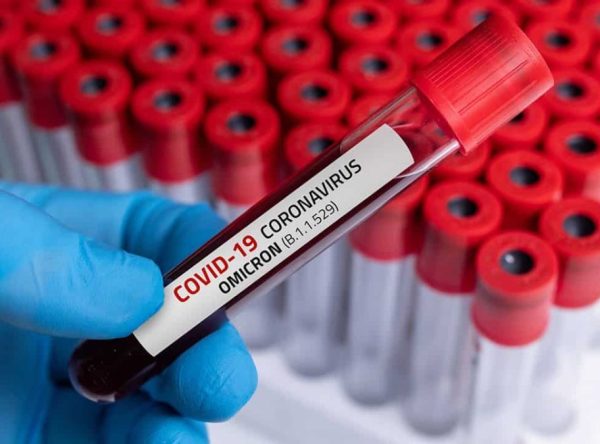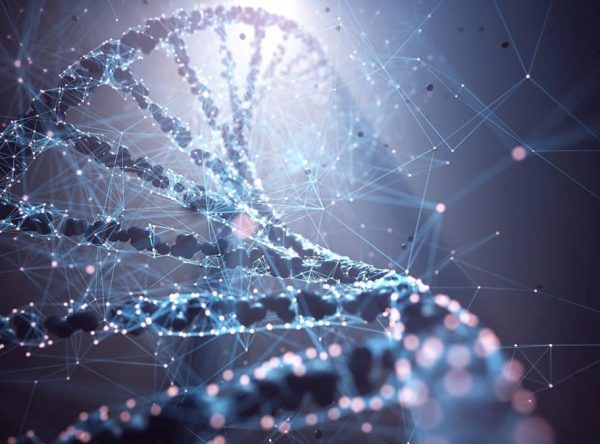CRISPR changing the genetic code of living things.
CRISPR is the latest and most powerful technique for changing the genetic code of living things.
Update: In the decade since the genome editing capabilities of CRISPR Cas9 emerged, research into novel medicines has boomed – but alongside progress comes new ethical considerations. Listen to the latest on Science in Action.
This method of gene editing is already showing great promise in treating people with gene-based diseases, from sickle cell disease to cancer.
This programme is available NOW on Demand on the BBC Discovery Page and is available until Tuesday 14th December. It will also broadcast on Sunday 12th December in Phuket at 8:30 AM on 91.5 FM and 102.5 FM and Online via the Internet radio portals.
However, in 2018 the use of CRISPR to edit the genes of two human embryos, which were subsequently born as two girls in China, caused outrage.
The experiment was done in secrecy and created unintended changes to the children’s genomes – changes that could be inherited by their children and their children’s children. The scandal underlined the grave safety and ethical concerns around heritable genome editing and called into doubt the ability of the scientific community to self-regulate this use of CRISPR.
CRISPR gene editing
CRISPR gene editing might also be used to rapidly and permanently alter populations of organisms in the wild, and indeed perhaps whole ecosystems, through a technique called a gene drive.
A gene drive is a way of biasing inheritance, of getting a gene (even a deleterious one) to rapidly multiply and copy itself generation after generation, sweeping exponentially through a population. In theory, this could be used to eradicate species such as agricultural pests or disease-transmitting mosquitoes, or to alter them in some way: for example, making mosquitoes unable to carry the malaria parasite.
But do we know enough about the consequences of releasing a self-perpetuating genetic technology like this into the environment, even if gene drives could, for example, eradicate insects that spread a disease that claims hundreds of thousands of deaths every year?
And who should decide whether gene drives should be released?
Picture: DNA molecule, Credit: KTSDesign/SCIENCEPHOTOLIBRARY/Getty Images
Previously on Discovery
Dreams and Nightmares this week on Discovery as biologist Matthew Cobb presents the first episode in a series which looks at the 50-year history of genetic engineering, from the concerns around the first attempts at combining the DNA of one organism with the genes of another in 1971 to today’s gene-editing technique known as CRISPR.



